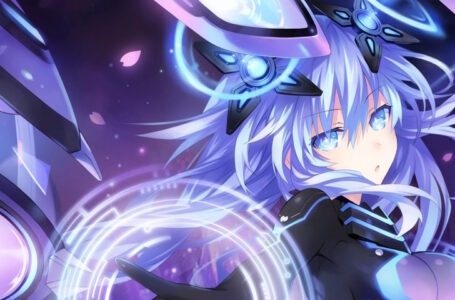Atelier Sophie’s compelling blend of old and new
Gust’s Atelier series, published by Koei Tecmo, can rightfully be regarded as a longstanding classic of gaming at this point. Boasting a mighty 22 mainline installments plus numerous spinoffs at the time of writing — with more doubtless waiting just around the corner — it’s fair to say that it’s a mainstay of Japanese gaming.
That doesn’t mean all of its installments have had equal attention, however. To date, the majority of love seems to have gone to the Arland and Dusk subseries — the former for introducing what we now know as “modern Atelier” and the latter for its emotional stories and well-realised world — but the poor old Mysterious series often seems to get forgotten about by a lot of people.
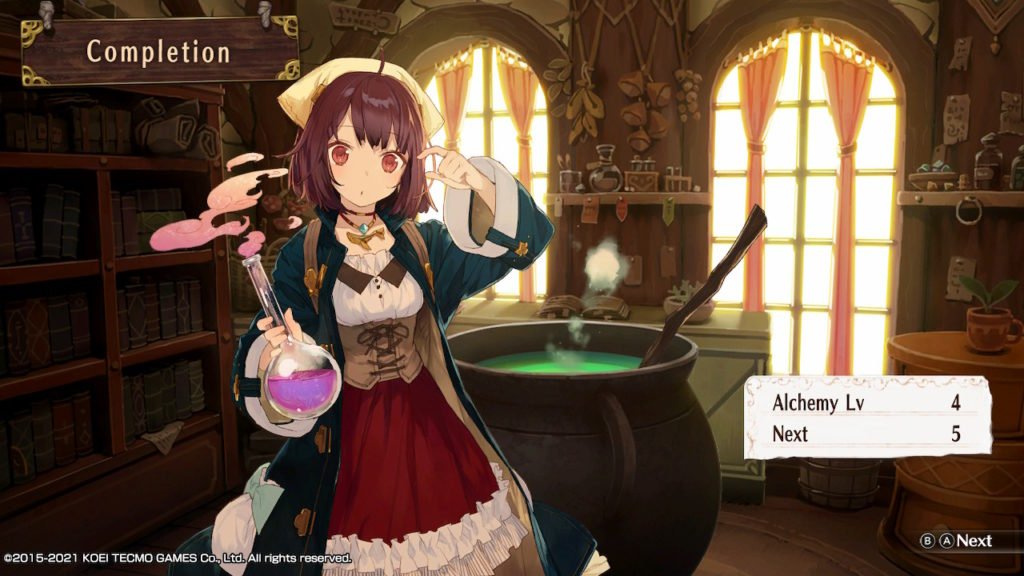
Given that the Mysterious trilogy got lovely new DX releases a while back — with a physical compilation available via our friends at Play-Asia for the collectors among us — I feel it probably behooves us, as champions of the underappreciated, to take a closer look at what this oft-overlooked trilogy has to offer.
So let’s begin with a look at Atelier Sophie: The Alchemist of the Mysterious Book, originally released for PlayStation 3, PlayStation 4 and Vita in Japan in 2015, and now available in its DX incarnation for PlayStation 4, Nintendo Switch and PC via Steam.
In Atelier Sophie, you take on the role of Sophie Neuenmuller, a young alchemist in training who lives in the town of Kirchen Bell. Sophie learned a little alchemy from her grandmother, who passed away prior to the events of the game, and is now doing her best to support herself on her own.
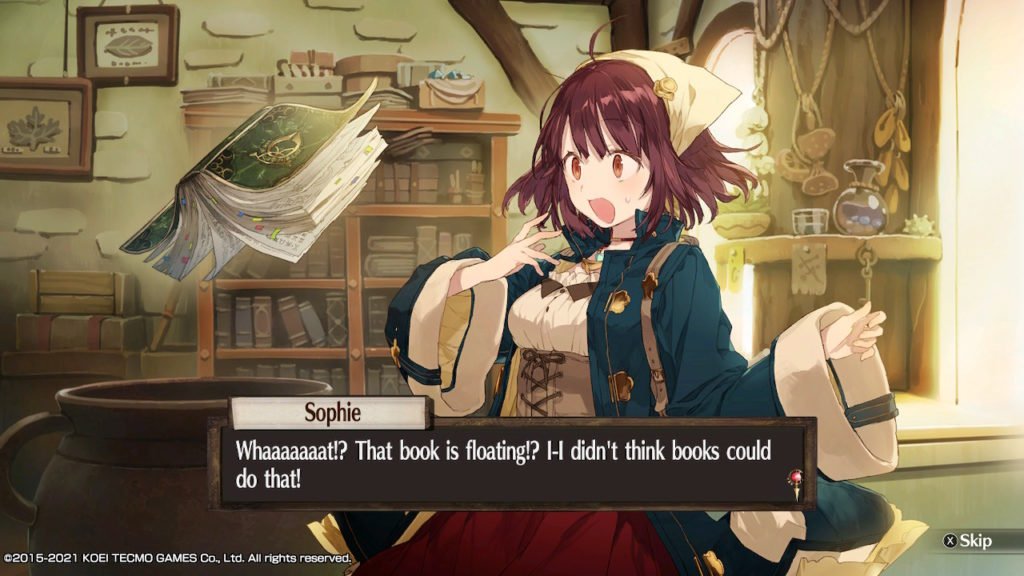
Early in the narrative, Sophie stumbles across a book that her grandmother left discarded in a dusty old corner and is surprised to discover that said book is able to fly and speak. Calling itself Plachta, it explains that it has lost the majority of its memories, but it has a vague recollection of an artefact known as the Cauldron of Knowledge, which allows anyone to use alchemy — and those who already know how to use alchemy to do many wonderful things.
Sophie, obviously keen to take her skills to the next level and excited at the prospect of what seems like a quick way to achieve this, decides to help Plachta recover her memories and perhaps, one day, track down the mysterious cauldron.
At the start of Atelier Sophie, that’s all the direction you’re really given. Unlike many of the other Atelier games, which tend to have an explicit goal laid out in front of you, Atelier Sophie’s final objective is left fairly vague — and, moreover, unlike many other previous games in the series, you have no time limit in which to accomplish it either.
The result of this is a game that feels refreshingly freeform in its structure, particularly during its opening hours. Rather than being shunted down a linear narrative for the majority of the game, Atelier Sophie instead provides you with plenty of opportunities to explore its world and fiddle with its mechanics, with everything you do having the potential to reward you in one way or another.
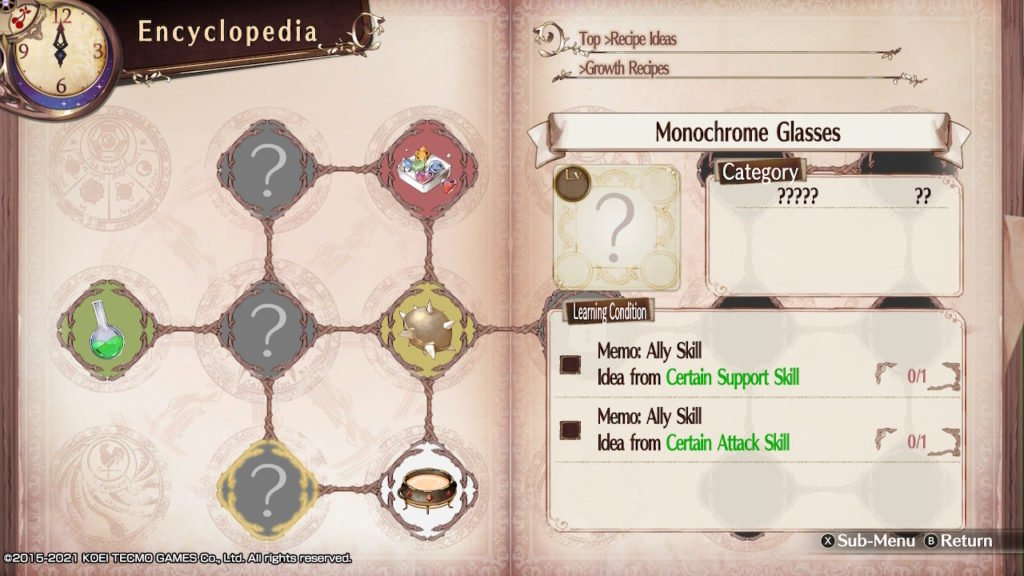
Much of the overall game structure consists of helping Sophie learn new recipes. Unlike past Atelier games, where new recipes were learned either from books or from levelling up, in Atelier Sophie our heroine learns things from going out into the world and doing things. Picking a particular ingredient might inspire her to come up with a recipe using that ingredient; becoming exhausted might encourage her to develop something refreshing to combat fatigue; being defeated in battle is as good a reason as any to develop some reliable healing medicine!
This actually isn’t the first time the Atelier series has dabbled with an “idea” system like this; Atelier Iris 3: Grand Phantasm on the PlayStation 2 also incorporated a similar mechanic. In that instance, leading lady Iris would come up with several vague ideas every time she increased her alchemy level, then would be able to flesh them out into full recipes upon tracking down suitable clues in the environment. Not quite the same, but certainly a similar idea — and one that, in both cases, helps establish the characters in question as being both independent and intelligent.
In Atelier Sophie’s case, the rather freeform nature of the game’s early hours feels very much like an homage to classic role-playing games from both the eastern and western traditions. Games with ill-defined final objectives and a lot of freedom to explore the game’s world and mechanics can be traced right back to the earliest days of series like Wizardry, Ultima, Dragon Quest and Final Fantasy — and there are plenty of people out there who miss the good old days of classic “open” titles like those.
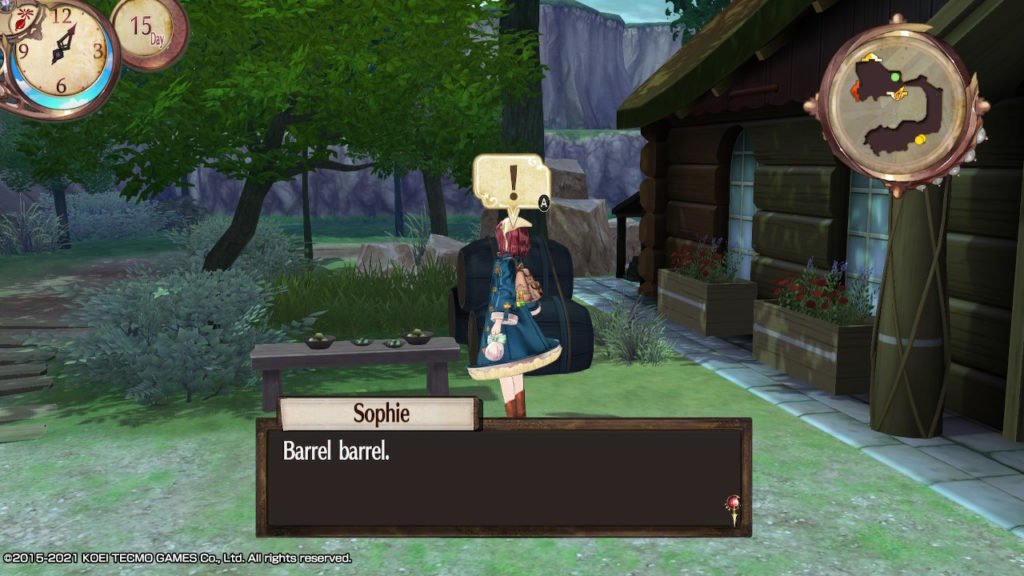
Where Atelier Sophie differs from its old-school inspirations is in how well its world is fleshed out. While the classic Ultima titles had plenty of towns to discover, for example, there weren’t really any “characters” in them for the most part; there might be a few guards and shopkeepers, but no-one you really got to know. This gradually improved as the series went on and its creators discovered the potential for interactive storytelling, but it was definitely the case in the earliest titles.
The slightly later Dragon Quest and Final Fantasy games improved on this a little by having unique NPCs in every town, many of whom would provide information about the local area, or what you should probably be doing next. But again, very few of these virtual individuals were characters; they were mostly mobile signposts who simply said the same thing over and over again regardless of what you’d accomplished up until that point.
In Atelier Sophie, by contrast, you get to know each and every important community member of home town Kirchen Bell over the course of the narrative — and indeed developing your relationships with all these characters is a key part of the overall game experience. In some respects, you can look on it as having elements in common with “life sim” titles such as the Harvest Moon and Story of Seasons series — or even narrative-centric visual novels and adventure games — as much as it follows the conventions of classic role-playing games.
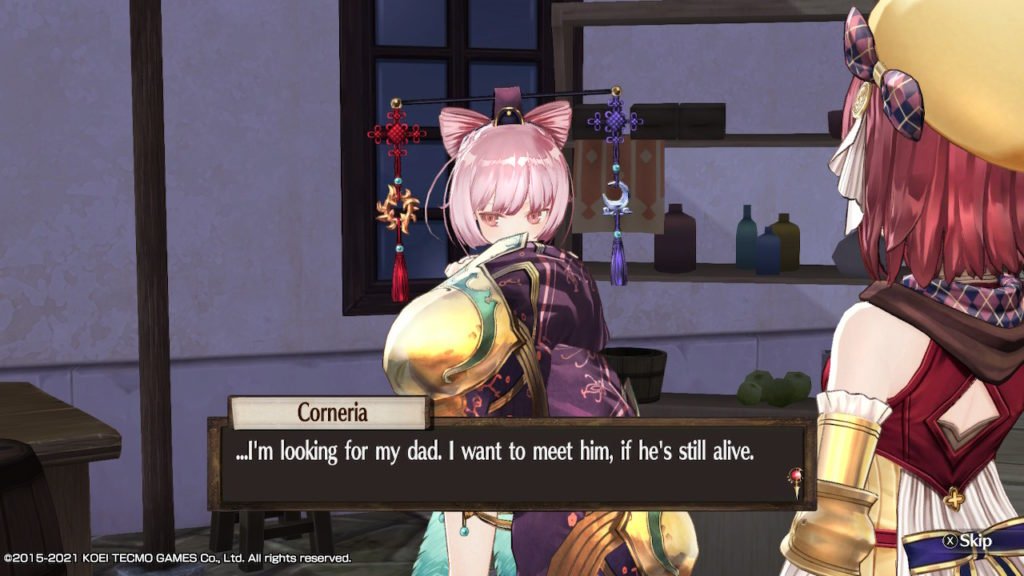
Don’t mistake that seeming lack of “focus” in the game’s early hours as the game having a poor narrative, however. On the contrary, there’s definite narrative development that goes on as Plachta gradually regains her memories — and, in keeping with the game’s subtitle, plenty of mysteries to ponder prior to their eventual revelations.
In between the main narrative beats, however, there’s a wonderful feeling of really living in Sophie’s world. The game becomes less about triggering flags and grinding relationships, and more about checking on what your friends are up to, or working hard to live up to the expectations that the people of Kirchen Bell gradually come to have for Sophie.
So in terms of narrative, setting and overall game structure, Atelier Sophie certainly represents an enjoyable blend of “old” and “new”. But it doesn’t stop there.
The battle system, which unfolds in discrete “rounds” rather than a single turn at a time, is right out of classic tabletop roleplaying — which, in turn, is what inspired many old-school computer RPGs — but presented with the sort of over-the-top pyrotechnics we’ve come to expect from modern anime-inspired titles.
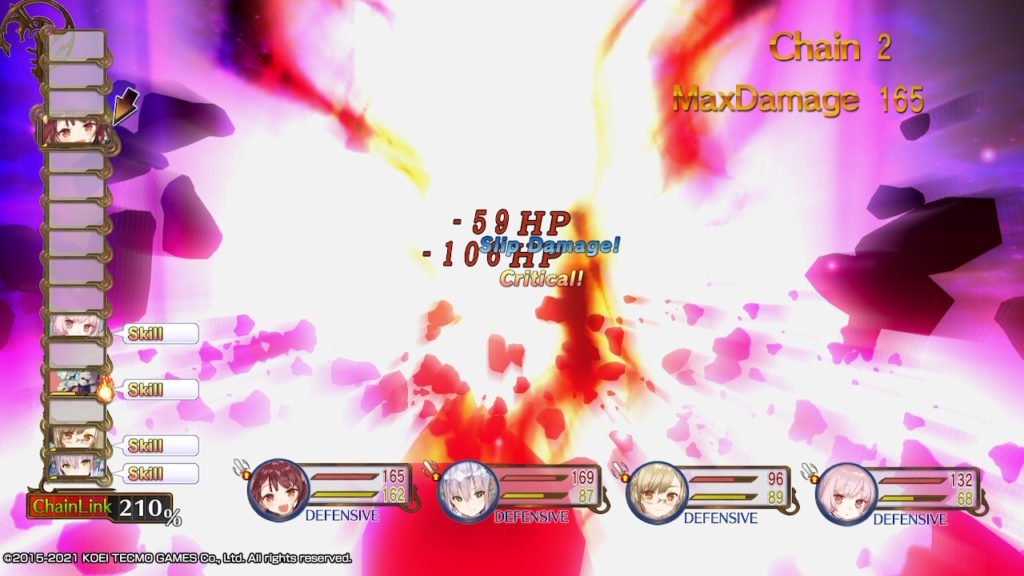
And the alchemy system blends the simplicity of the early Atelier installments — put things in pot, new item comes out — with its own unique, challenging and puzzle-like mechanics. Best of all, you can engage with the game’s more complex elements in as much or as little depth as you like — you can clear the game without getting your head around the intricacies of the alchemy system, but you’ll be able to do a lot more if you dive into things a little more deeply.
In other words, you can engage with the game’s systems on a relatively simple level — like how they’d be implemented in an older game — or you can explore them with a mind to mastering and exploiting them, as many modern games encourage you do to.
This even applies to the game’s progression system. Unlike many other anime-style RPGs, Atelier Sophie has a relatively low level cap, with each character maxing out at level 20 — much like many classic tabletop or tabletop-inspired systems. Progression is slow but meaningful — and after you hit that cap, there’s still plenty to do. Continuing to gain “levels” beyond the cap instead rewards you with ability points that lets you customise and specialise your characters in various ways — again, this is not necessarily something you need to engage with in order to clear the game, but it provides plenty of rewarding postgame progression for those keen to continue playing after the credits roll.
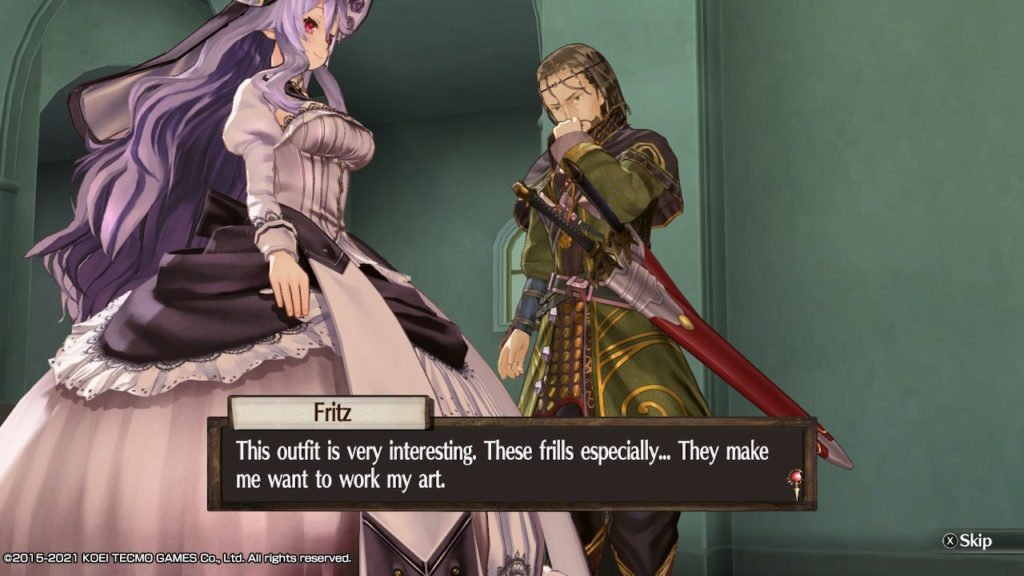
There’s plenty to explore and enjoy in Atelier Sophie: The Alchemist of the Mysterious Book, then — and its blend of inspirations from both older titles and more modern conventions makes it a highly accessible entry in the series for many different types of RPG fan.
Whether you like to blast through a game’s story as quickly as possible or take your time mastering every possible mechanic along the way, there’s something to like in Atelier Sophie: The Alchemist of the Mysterious Book. So if you’ve passed this installment in the series by up until now, I’d encourage you to give it a go — particularly if you’re one of the series’ many new fans who came along with the introduction of Ryza. You won’t be disappointed!
Join The Discussion
Rice Digital Discord
Rice Digital Twitter
Rice Digital Facebook
Or write us a letter for the Rice Digital Friday Letters Page by clicking here!
Disclosure: Some links in this article may be affiliate links, which means we may earn a small commission if you make a purchase after clicking on them. This is at no additional cost to you and helps support Rice Digital!
- Letter from the Editor: passing the torch - June 30, 2023
- Super Woden GP 2 is looking promising - June 30, 2023
- Inti Creates is making a 32 bit-style Love Live action platformer - June 26, 2023






